Retro Replay Review
Gameplay
Codename: Eagle delivers a refreshingly varied first-person shooter experience that moves beyond the linear corridor formula. From the moment you’re briefed as the alliance’s best hope, you’re thrown into missions that range from high-altitude dogfights in stolen biplanes to tense stealth infiltrations of Russian encampments. The mission structure feels deliberate: objectives are clearly defined, yet the open level design often encourages improvisation. Whether you’re sneaking past sentries in a snow-blanketed village or racing against time to defuse explosives, the gameplay loop stays engaging through a blend of stealth, vehicular combat, and all-out firefights.
One of the game’s standout features is its variety of enemy encounters. You’ll face rifle-wielding infantry, armoured tank columns, nimble chaser planes, and even packs of rabid wolves lurking in the wilderness. Each adversary demands a different approach: heavy weaponry and cover tactics for tanks, precision aiming to down aircraft, and close-quarters reflexes when cornered by wolves. The weapon roster—ranging from period-authentic Mausers to experimental prototype gadgets—reinforces this variety, letting players tailor their loadouts to specific challenges.
Multiplayer support extends the lifespan of Codename: Eagle significantly. With a healthy roster of servers populated by objective-driven modes, you can team up with allies to recreate historic battles or launch surprise raids against opposing squads. The large, open arenas translate well online, encouraging coordinated assaults and tactical flanking. Although matchmaking can sometimes feel slow due to the game’s niche audience, the sense of camaraderie and emergent moments in multiplayer skirmishes keep returning players motivated.
Graphics
Visually, Codename: Eagle captures the rugged beauty and brutality of an alternate-history 1920s Russia with surprising fidelity for its era. Snow-capped forests, muddy trenches, and crumbling cityscapes create immersive backdrops for your missions. Textures can feel dated by modern standards, but the art direction—mud-spattered uniforms, weathered wooden biplane frames, flickering searchlights across frozen plains—imbues the world with atmosphere that resonates long after you exit a level.
Lighting and weather effects play a crucial role in establishing mood. Dynamic skyboxes shift from overcast grey to fiery sunsets as you carry out objectives, and sudden snowstorms can obscure vision, ramping up tension in outdoor skirmishes. While draw distances occasionally pop in distant assets on lower-end hardware, the engine handles explosions, smoke trails, and tracer rounds with enough flair to keep firefights visually exciting.
Character models and animations have their limitations—footstep animations sometimes clip, and enemy AI can jerk into place when spotted—but these quirks are balanced by dramatic set pieces. The feeling of revving an engine as you pilot a captured biplane off an improvised runway, or the sudden roar of wolf snarls echoing through a pine forest at dusk, is textured enough to suspend disbelief. Even in 2023, the graphics hold up as a testament to solid art direction and careful environmental design.
Story
The narrative thrust of Codename: Eagle revolves around an intriguing “what if” scenario: the assassination of Russia’s Tsar in 1917 unleashes a turbocharged war machine under his son, Pietre. As allied forces buckle under rapid Russian advances, the player steps in as the alliance’s covert specialist tasked with turning the tide. This premise injects each mission with high stakes and a sense of urgency, giving context to otherwise disparate objectives like wolf hunts and aircraft sabotage.
Story beats are delivered through briefings, in-game radio chatter, and occasional cutscenes that convey both strategic developments and personal stakes. You’ll meet a rotating cast of allied officers, spies, and enemy lieutenants whose fates intertwine with your actions. While character development isn’t the game’s primary draw, these vignettes effectively heighten tension—especially when a mission failure means watching a key ally’s last transmission fade to static.
The alternate-history angle pays off in creative mission design. From raiding a frozen oil depot in Siberia to staging an all-out assault on a fortified Tsarist palace, the game keeps the plot moving at a brisk pace. There are moments of dark humor—sharing banter with wing-men before a suicide dive, or watching panicked Russian conscripts flee when wolves descend—but the tone remains focused on the grim reality of war. This balance ensures the story never feels overly saccharine or gratuitously brutal.
Overall Experience
Codename: Eagle stands out as a hidden gem among early 2000s shooters, offering a rich mix of mission types, an evocative alternate-history setting, and satisfying multiplayer that still finds players today. Its somewhat dated visuals and occasional AI quirks are outweighed by the breadth of content and the game’s willingness to let you tackle objectives your way. Whether you’re a history buff intrigued by the “1917 revolt” scenario or a shooter enthusiast craving varied gameplay categories, there’s plenty here to explore.
The pacing ensures you never feel stuck in a single routine: one moment you’re racing a Dutch biplane above Russian airspace, the next you’re navigating dark underground caves hunting wolf dens. This diversity keeps every hour fresh, and the game’s community-driven mods further extend replayability. On the technical side, a few rough edges in pathfinding and texture pop-ins serve as reminders of the game’s age—but rarely enough to derail your immersion.
For potential buyers, Codename: Eagle offers a distinctive blend of single-player storytelling and robust multiplayer action. Its unique premise, open level design, and variety of weapons and foes make it a standout choice for players seeking an FPS that breaks free of cookie-cutter conventions. While not flawless, its ambition and heart make it a rewarding purchase for those ready to step into an alternate World War I-era battlefield and change the course of history.
 Retro Replay Retro Replay gaming reviews, news, emulation, geek stuff and more!
Retro Replay Retro Replay gaming reviews, news, emulation, geek stuff and more!
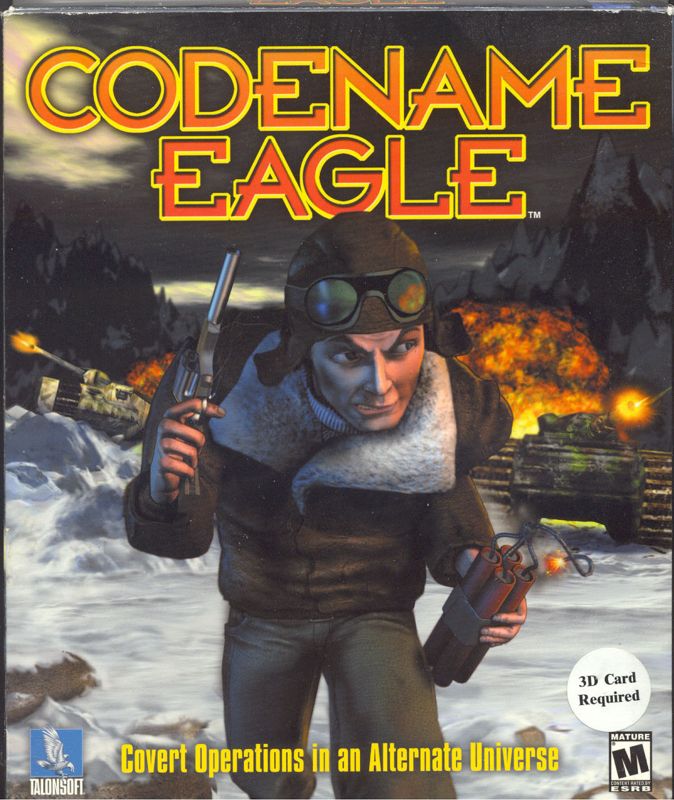
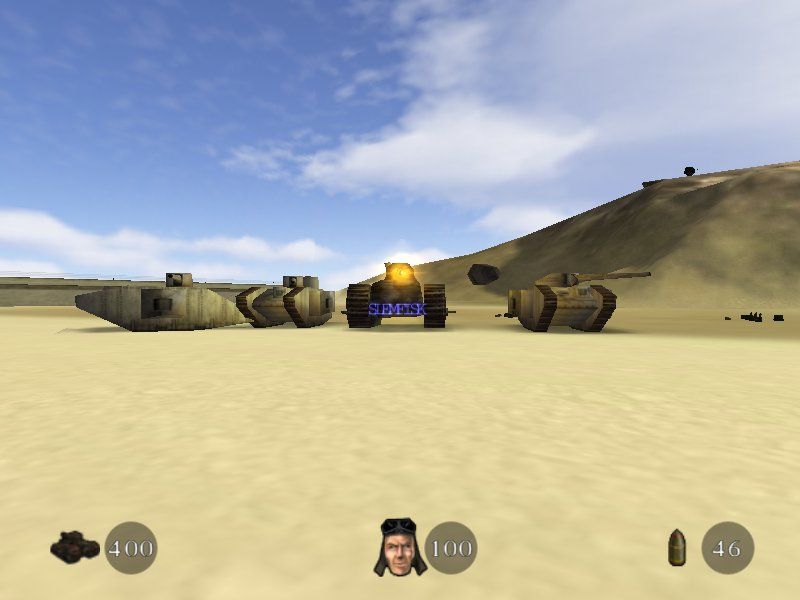
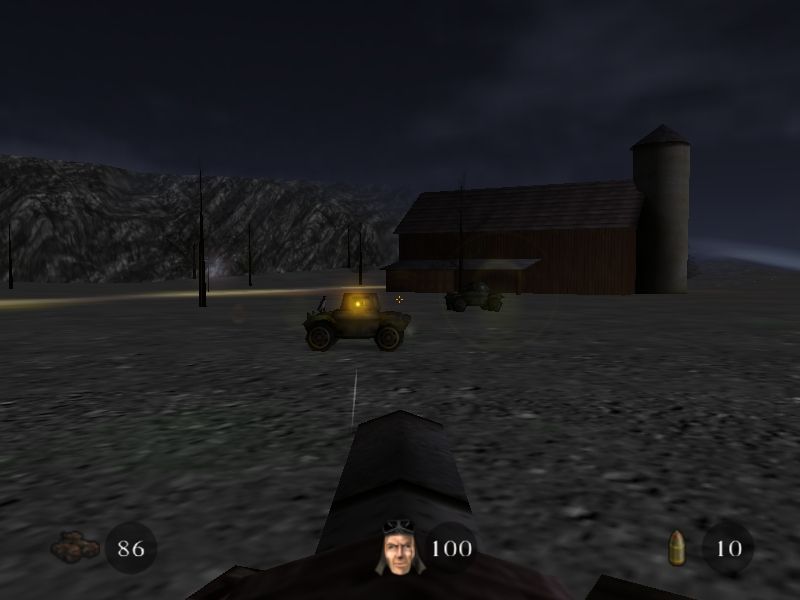
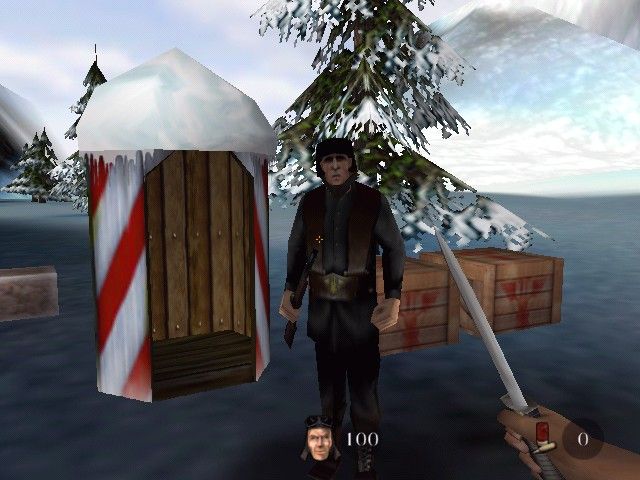
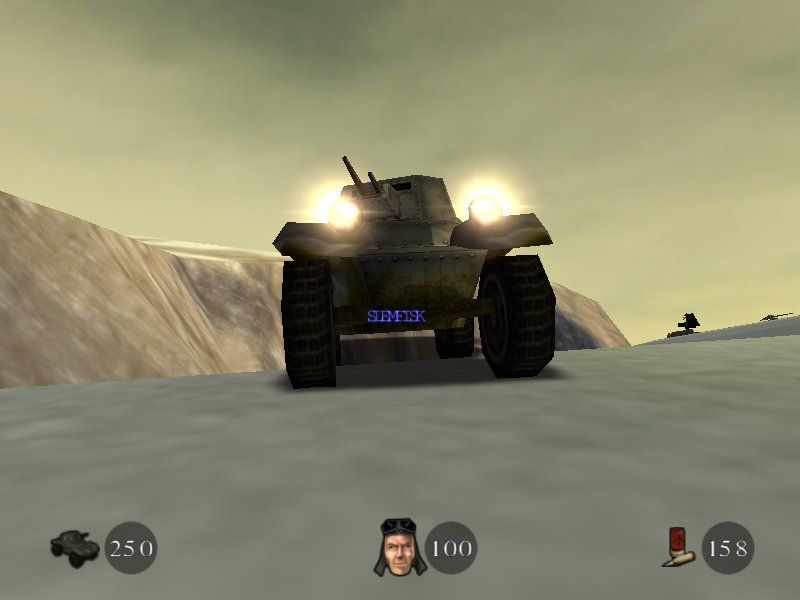
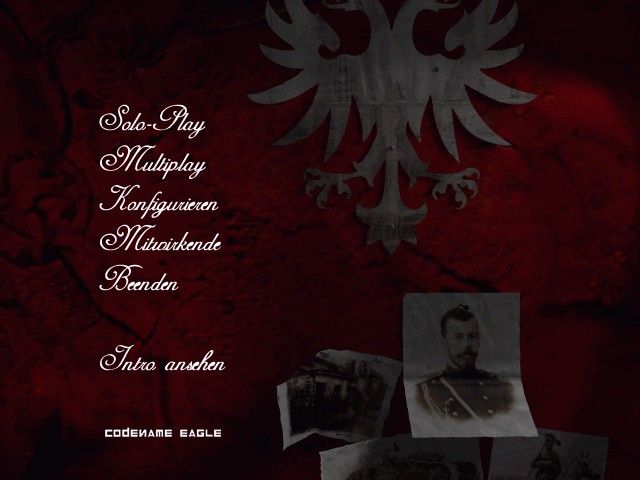



Reviews
There are no reviews yet.